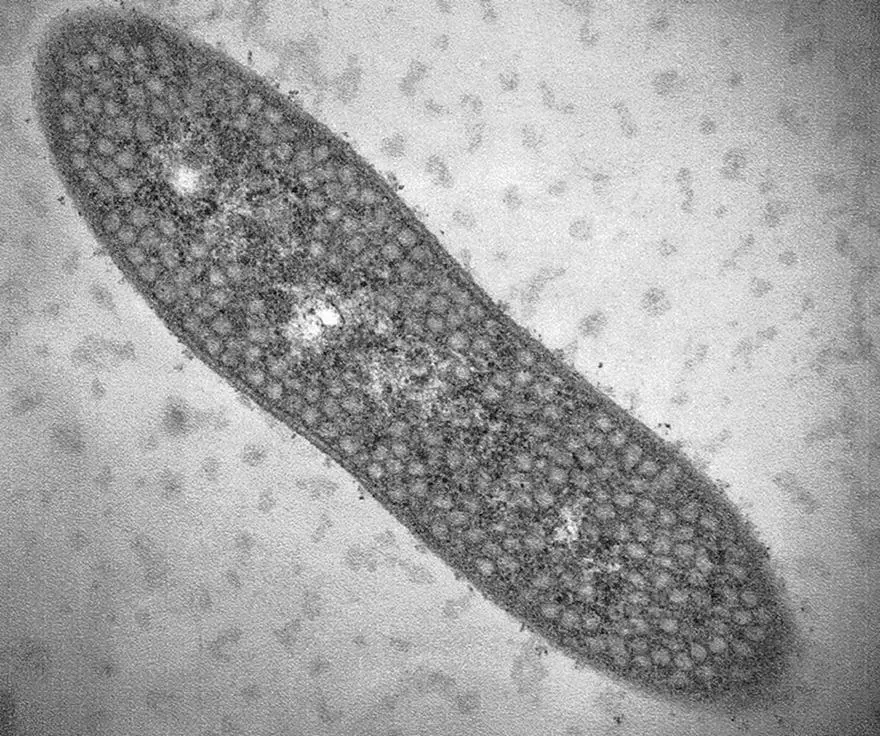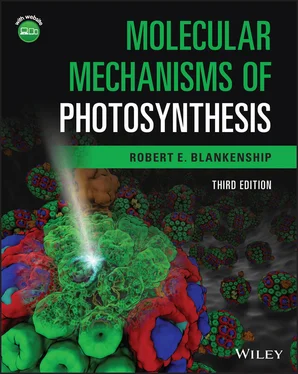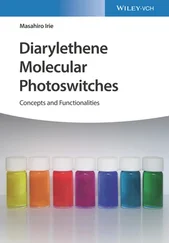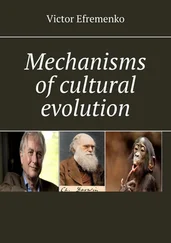1 ...8 9 10 12 13 14 ...28 Table 2.1 Metabolic patterns in living organisms
| Type of organism |
Metabolic characteristics |
| Autotroph |
Organism that is capable of living on CO 2as sole carbon source |
| Heterotroph |
Organism that uses organic carbon as carbon source |
| Phototroph |
Organism that uses light as source of energy |
| Chemotroph |
Organism that uses chemicals as energy sources |
| Photoautotroph |
Organism that uses light as source of energy and CO 2as sole carbon source |
| Photoheterotroph |
Organism that uses light as source of energy and organic compounds as carbon source |
| Chemoorganotroph |
Organism that obtains energetic needs from organic compounds |
| Chemolithotroph |
Organism that obtains energetic needs from inorganic compounds |
| Chemolithoheterotroph |
Organism that obtains energetic needs from inorganic compounds and uses organic compounds as carbon source |
| Chemolithoautotroph |
Organism that obtains energetic needs from inorganic compounds and uses CO 2as sole carbon source |
Oxygen is central to the metabolism of most cells. If an organism is capable of growing in the presence of oxygen, it is classed as an aerobe. If it cannot grow in the presence of oxygen, it is called an anaerobe. Some organisms can switch back and forth from aerobic and anaerobic metabolisms and are call facultative aerobes. In most cases, aerobes utilize organic molecules as electron donors and O 2as an electron acceptor in a process called aerobic respiration. Other inorganic compounds can sometimes serve as electron acceptors, a process known as anaerobic respiration. Finally, organisms that use organic compounds as both electron donors and acceptors in the absence of oxygen live by carrying out fermentation.
2.5 Phototrophic prokaryotes
There are seven distinct major groups, or phyla, of bacteria that are capable of photosynthesis (Hohmann‐Marriott and Blankenship, 2012; Thiel et al ., 2018). Six of these are anoxygenic, in that they do not produce molecular oxygen as a by‐product of photosynthesis (Blankenship et al ., 1995). These anoxygenic phototrophic bacteria include the purple bacteria, the green sulfur bacteria, the filamentous anoxygenic phototrophs (FAP), formerly known as green nonsulfur bacteria, the heliobacteria, the chloroacidobacteria,and the gemmatimonadetes. Each will be introduced briefly below. The single oxygen‐evolving, or oxygenic, group of photosynthetic bacteria is the cyanobacteria(Bryant, 1994). Each of these groups is a relatively coherent collection of organisms with many similar properties in the pigments they contain and the way they carry out photosynthesis. The groups have been established over many years and are based on a number of characteristics, including pigment composition and metabolic capabilities. Fortunately, these groups are also generally similar to those revealed by the rRNA classification method discussed above. Figure 2.2illustrates schematically the molecular complexes and metabolisms found in each of the phyla of anoxygenic phototrophic prokaryotes (left panel) and oxygenic photosynthetic organisms (right panel)
.

Figure 2.2 Photosynthetic machinery and electron transport of photosynthetic organisms, including a description of photosynthetic complexes. Left panel: anoxygenic phototrophs; right panel: oxygenic photosynthetic organisms.
Source: Courtesy of Martin Hohmann‐Marriott.
Purple bacteria are anoxygenic phototrophs that are extremely versatile metabolically (Hunter et al ., 2009 and refs. therein). Many species can grow photoautotrophically, photoheterotrophically, fermentatively, or by either aerobic or anaerobic respiration. Other species are less versatile. Interestingly, many nonphototrophic bacteria are found in the bacterial phylum that includes the purple bacteria, which is known as the proteobacteria. The nonphototrophic proteobacteria include many familiar bacteria such as E. coli .
In nature, purple bacteria are very widely distributed, especially in anaerobic environments such as sewage treatment ponds. Purple bacteria can use a wide variety of reductants as electron donors, including H 2S or other sulfur‐containing compounds, a variety of organic compounds, or even H 2.
An electron micrograph of the purple bacterium Rhodobacter capsulatus is shown in Fig. 2.3. The cover of this book shows a model of the intracytoplasmic membrane of the purple bacterium Rhodobacter sphaeroides .
Purple bacteria have been the subject of detailed structural and spectroscopic studies, making them the best understood of all phototrophic organisms in terms of energy collection and primary electron transfer processes. Almost all species contain bacteriochlorophyll a , while a few instead contain bacteriochlorophyll b .

Figure 2.3 Thin section transmission electron micrograph of the purple bacterium Rhodobacter capsulatus . The diameter of the cell is about 1 μm.
Source: Courtesy of Steven J. Schmitt and Michael T. Madigan.
The purple bacteria are subdivided into sulfur and nonsulfur groups, depending on the range of ability to metabolize reduced sulfur compounds (Frigaard and Dahl, 2009). However, the terms sulfur and nonsulfur are somewhat misleading because all purple bacteria have the capability to carry out extensive sulfur metabolism. Most purple bacteria use the Calvin–Benson cycle, also known as the reductive pentose phosphate cycle for CO 2fixation.
The “purple” name comes from the color found in many of the common species, which results from the combination of bacteriochlorophyll and carotenoids. Representative species include Rhodobacter sphaeroides , Rhodospirillum rubrum , Allochromatium vinosum , and Blastochloris viridis (formerly known as Rhodopseudomonas viridis ). Some of these organisms are not in fact purple in color, such as Blc. viridis , which is a greenish color, as its name suggests.
When grown aerobically, most species of purple bacteria derive their energy from aerobic respiration and completely repress pigment synthesis and expression of the structural proteins involved in photosynthetic energy conversion. Photosynthesis is therefore only observed if the cells are grown under anaerobic conditions. Under these conditions, the ultrastructure of the cytoplasmic membrane changes dramatically and invaginates in toward the cell cytoplasm in vesicles, tubes, or lamellae, which are then called intracytoplasmic membranes. The photosynthetic apparatus is localized in these intracytoplasmic membranes.
One group of purple bacteria, known as aerobic anoxygenic phototrophs (AAP), has the opposite pattern, in that they make pigments and carry out photosynthesis only under aerobic conditions (Yurkov and Beatty, 1998). This is counterintuitive, in that they seem to perform photosynthesis only when they don't really need to. It is not yet clear what advantage this pattern of metabolism gives these organisms. They are widely distributed and have been found throughout the open ocean (Kolber et al ., 2001). This group of purple bacteria is not capable of autotrophic metabolism and cannot assimilate CO 2using the Calvin–Benson cycle. Instead, they grow using photoheterotrophic metabolism whereby organic matter from the environment is assimilated with the help of light energy.
Читать дальше














